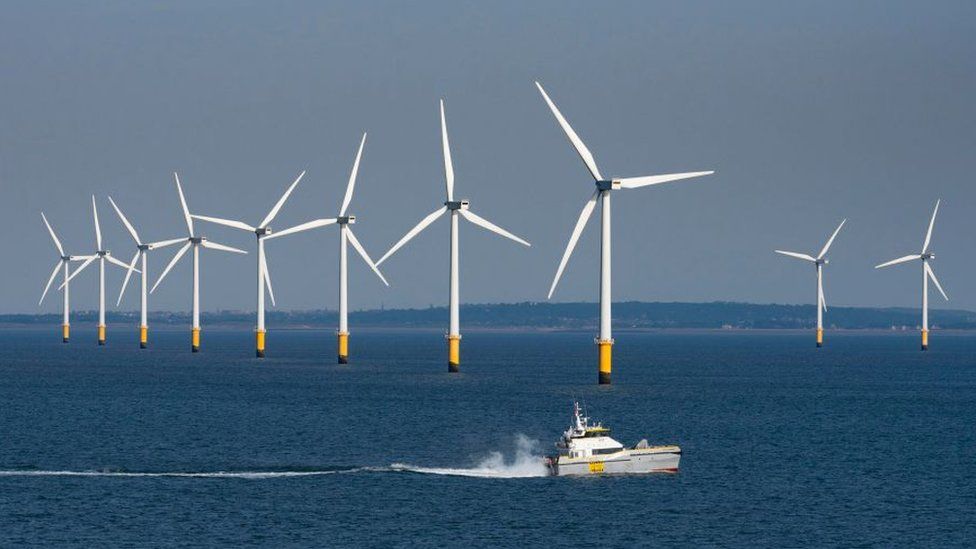Although offshore wind remains one of the most promising renewable energy technologies on earth, it has, like any young industry, experienced its share of deployment challenges. It’s no secret that some projects have been delayed—even canceled—due to rapid changes in global economic conditions over the last three years. These unrealized developments draw a good deal of attention from the public and the press, but we shouldn’t lose sight of the industry’s remarkable achievements in recent months. Today, we can celebrate a big one.
This morning, the waters off Rhode Island officially became home to America’s first fully built, commercial-scale offshore wind farm. Jointly developed by Ørsted and Eversource, will produce enough energy to power 70,000 homes on Long Island. The 132-megawatt project features 12 turbines, all of them now operational and generating clean power. Over the next 25 years, this project is expected to avert an average of 6 million tons of carbon emissions per year—an amount roughly equivalent to the annual emissions of 60,000 cars.
This news comes on the heels of other positive developments in offshore wind—some in the same coastal neighborhood. Less than 30 miles east of the South Fork development, began delivering power to the New England grid just last month. Five operational turbines (out of a planned 62) now provide 68 megawatts of electricity-generating capacity—enough to power 30,000 Massachusetts homes. South Fork and Vineyard Wind join a U.S. fleet that includes five turbines installed in 2016, plus two turbines that represent the first phase of the Coast Virginia Offshore Wind project.
Also last month, the State of New York will select of contract bids from Sunrise Wind and Empire Wind 1 for two massive offshore wind projects (924 and 810 megawatts, respectively). With a combined generating capacity that is more than seven times the current energy production from all offshore wind farms in the region, these projects will mark the beginning of a new phase in the history of offshore wind along the Northeastern coast. When considered alongside other newly announced investments in USA, these developments begin to look like a surge in momentum for offshore wind.

